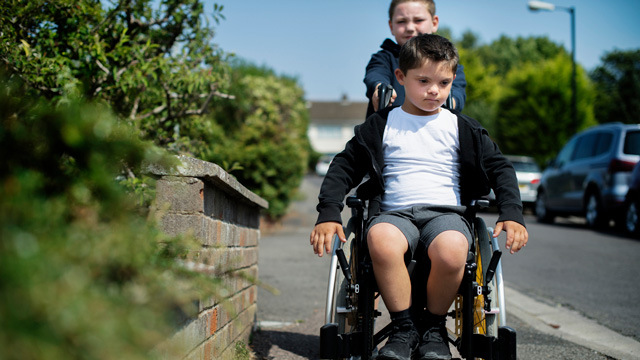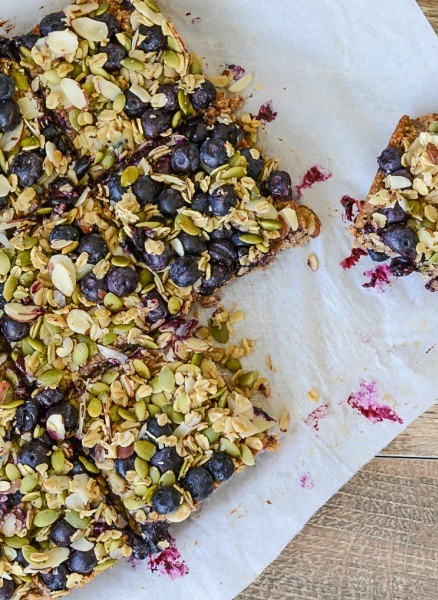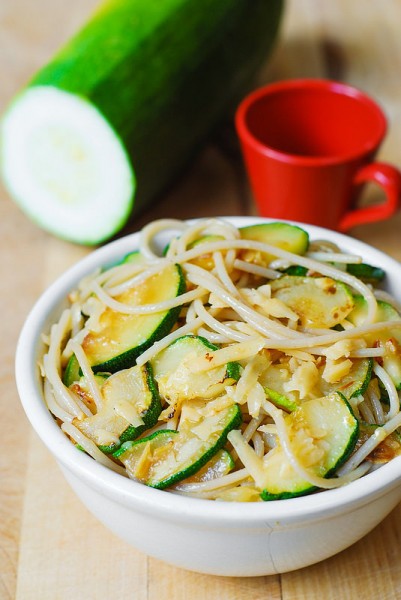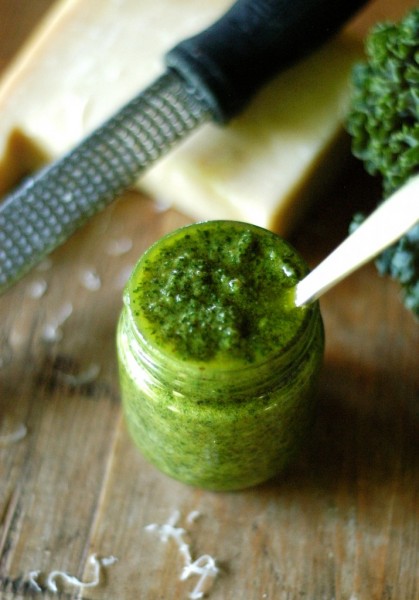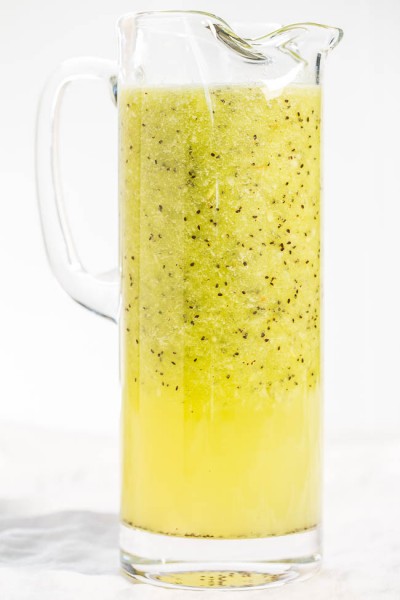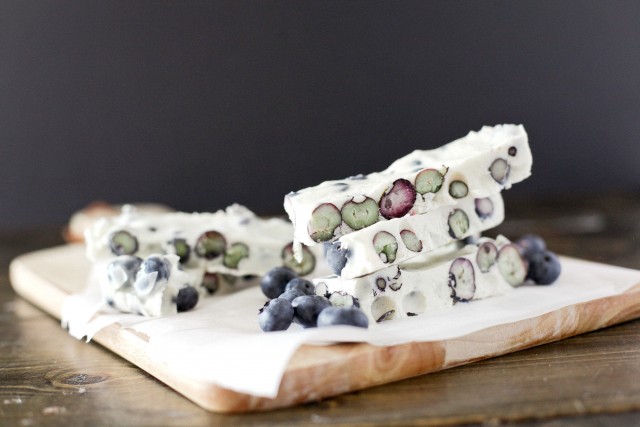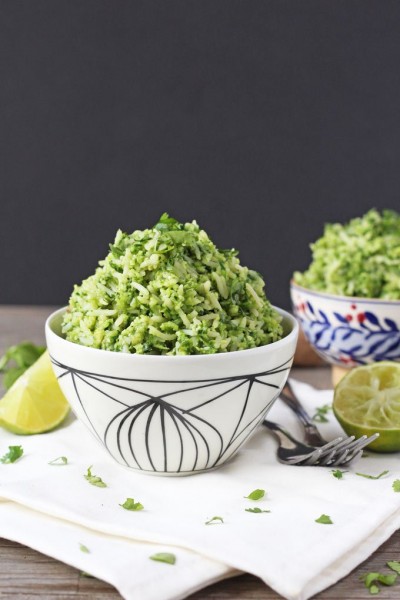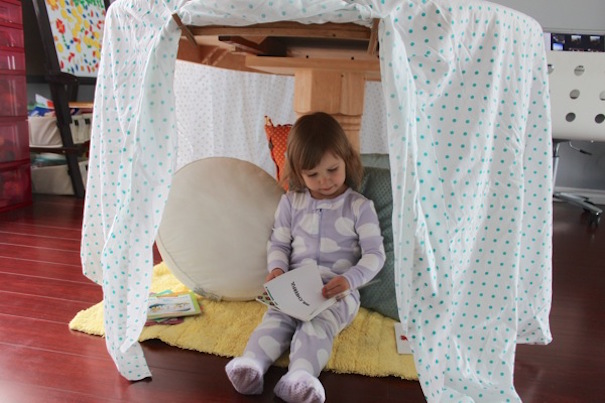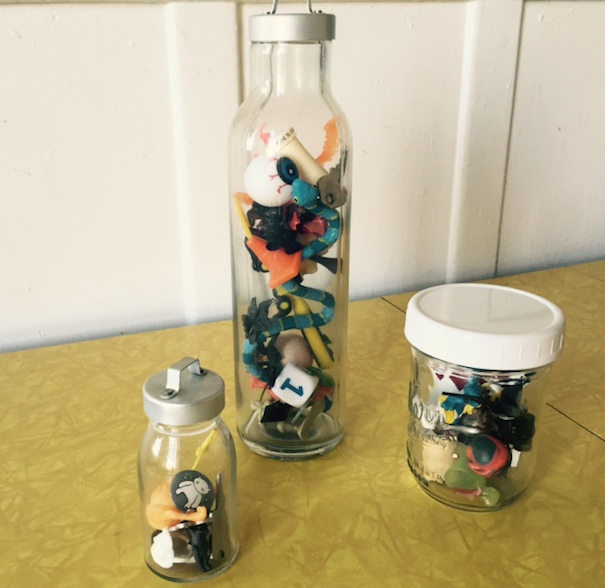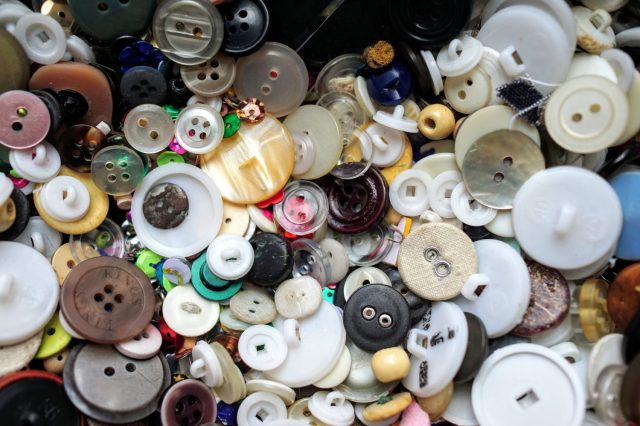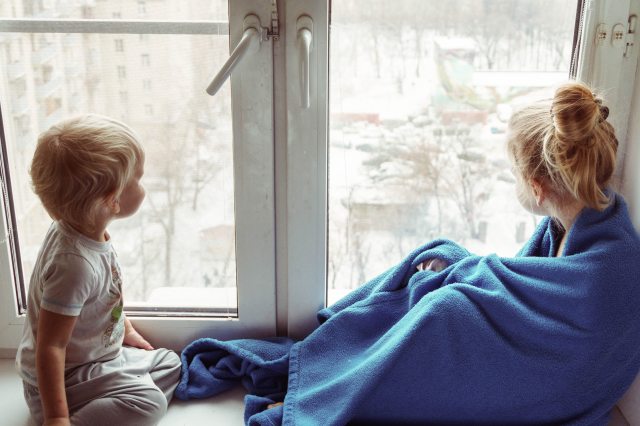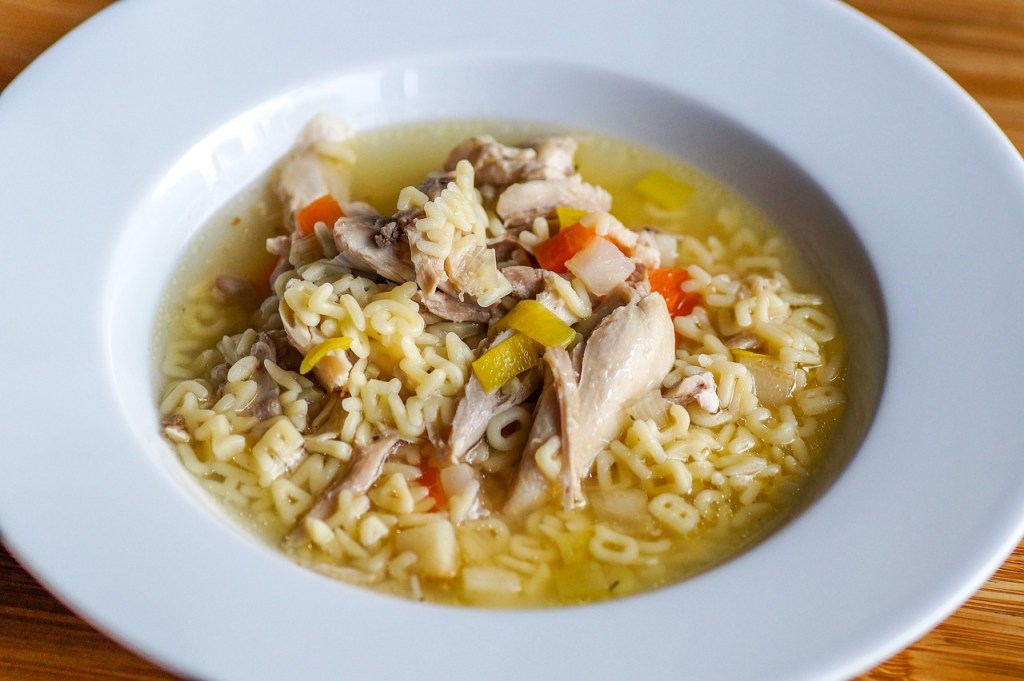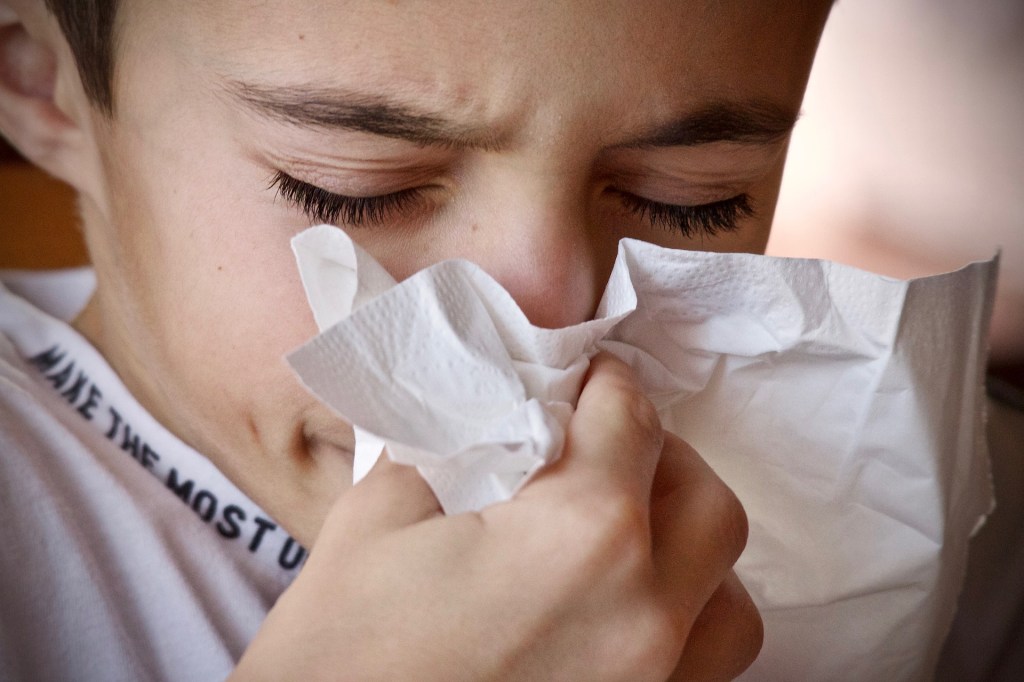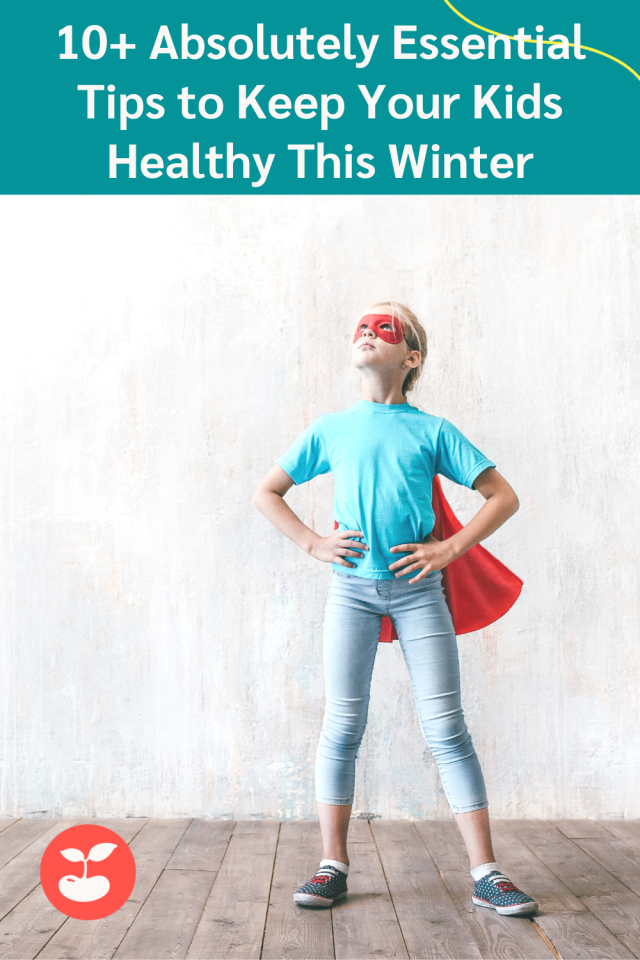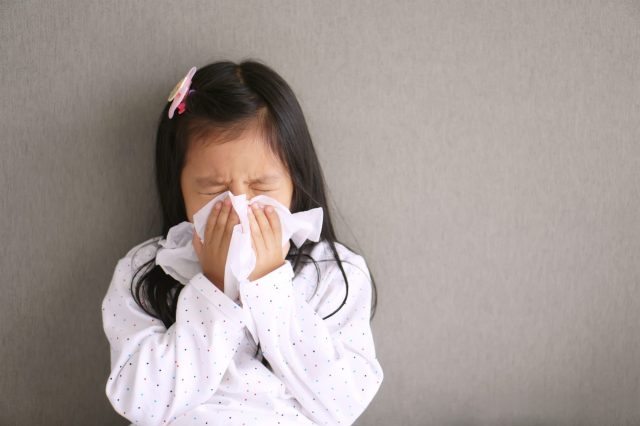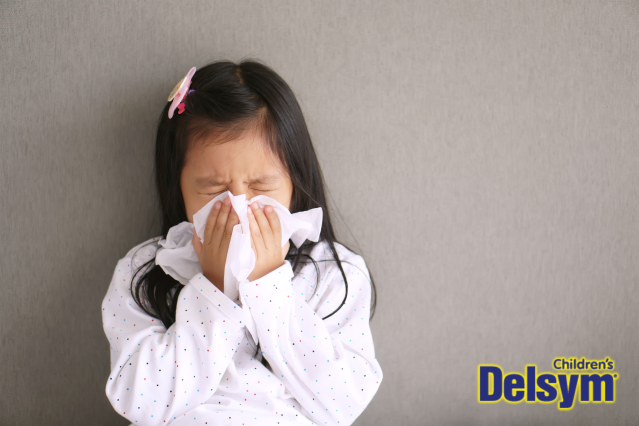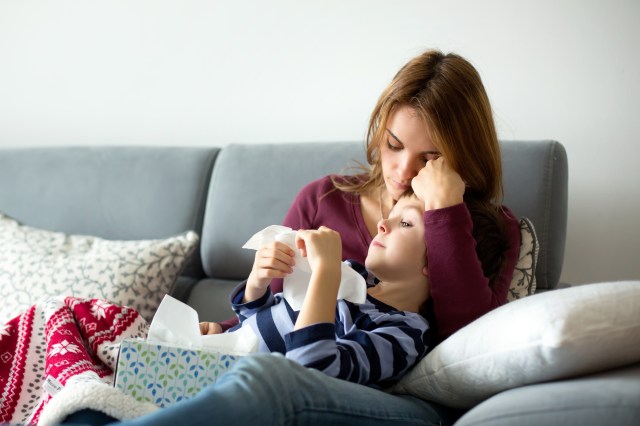Let’s face it: Toddlers aren’t known for their good hygiene. After all, those curious little fingers are going to touch every nook and cranny (and iPad screen, remote control, doctor’s office toy, cell phone, and light switch) in sight. And those same sticky digits will subsequently head straight for their own mouths, noses, and eyeballs. So it’s no surprise that when a few too many germs inevitably get into your kid’s peepers they start wreaking havoc. Welcome to Pink Eye. Chances are, if you’re a parent of young children, this pesky little bug is probably in your future (or your past). But how bad is it? How do you treat it? And how do you keep it from spreading to everyone in your home? Grab your hand sanitizer and listen up: Here’s everything you need to know about pink eye in toddlers.
1. Pink eye usually looks worse than it is
So what is pink eye? Also called conjunctivitis, it’s an inflammation of the membrane that lines the eyelid and eyeball, according to Mayo Clinic. This inflammation causes the small blood vessels in the eye to become swollen and irritated, which makes the whites of the eyes look reddish or pink. In other words, it’s an eye infection caused by germs or allergies that makes the eyes look like you’re super sick.
But while those red eyes can look scary, especially when accompanied by oozing mucous, doctors say it’s almost always harmless in both adults and children. (That being said, call your doctor right away if your newborn has symptoms of pink eye.)
“Pink eye is super common, and parents worry about it a lot, but it’s not harmful,” says Rachel Dawkins, a spokesperson for the American Academy of Pediatrics and a pediatrician at Johns Hopkins All Children’s Hospital in Florida. “It’s not going to cause permanent damage to the eye; it’s more just annoying.”
The main annoyance is that it usually comes with a prompt “Get Out of School” card, which can complicate any working parent’s schedule. “It’s a common thing to get kicked out of school or daycare for,” Dawkins says, but she reassures parents that despite the hassle it’s not a danger to your kid’s eyes.
2. There are different kinds
Like the common cold, pink eye is caused by a variety of different germs. Most commonly, it’s the result of a virus—especially if the child just got over a cold, sore throat, or other illness. But bacteria can also cause it if your kid touches diaper-changing tables or other feces-infected surfaces. As for how to know the difference, it’s hard to tell since both varieties can have the same symptoms. In general:
Bacterial pink eye:
- Thicker, crusting mucous that is green-yellow is more often bacterial, while thinner discharge is viral. (But not always, Dawkins notes.)
- If it goes away in a few days—especially when taking antibiotic eye drops—it’s probably bacterial.
- If it’s in both eyes, it’s more likely viral; if it’s in one eye, it’s more likely bacterial.
In either case, the treatment is the same, and both will usually go away in time without any major complications.
3. Pink eye can also be caused by an allergy
While allergic conjunctivitis is rare in toddlers (it happens more frequently in older children and adults), it’s usually easier to spot than its germ-generated counterparts. This is because it lasts longer and is often tied to a season (springtime, for instance) or a particular allergen (say, the new family puppy). Both eyes are almost always affected, and it also causes much more intense itchiness as well as watery discharge.
“With allergic conjunctivitis, you want to itch your eyeballs out, while bacterial or viral just feels like there’s sand or something in your eye,” Dawkins explains.
4. The symptoms can vary (except for the “pink” part)
Sometimes, the telltale pink (or red) eyes are the only symptoms of conjunctivitis; other times, a kid will have so much mucous that their eyes are crusted shut in the morning (If this happens, use a wet, warm washcloth to thin out and clean off the crust).
In general, symptoms of pink eye include:
- Redness in one or both eyes
- Itchiness in one or both eyes
- A gritty feeling in one or both eyes or a feeling like something is stuck in your eye
- Discharge from one or both eyes that can form a crust during sleep and make it hard to open them in the morning
- Tearing
- Sensitivity to light
5. Pink eye is super contagious
Both viral and bacterial pink eye are highly contagious, especially among the touchy-feely toddler set, who easily spread it by touching an infected surface and then their own eyes. While your child’s pink eye is contagious for as long as she has it, Dawkins said it is most contagious when there is drainage from the eye. That means if your kid is super goopy, it’s best to keep them away from other toddlers. Also, keep tissues everywhere so you can grab and wipe on the go, and try to teach your toddler not to wipe their eyes with their fingers.
Like any infection, the best protection against the spread of pink eye is frequent handwashing and good hygiene. We get that this is (big sigh) easier said than done with a rambunctious two-year-old, so do your best…and be prepared for the day you wake up with your own crusty eyes to contend with.
6. No, you can’t catch it from farts
We’re not sure who started this rumor, but it’s just. not. true. While toots may smell toxic, they’re made of gas, not bacteria. So, according to Dawkins, even if your kiddo farts directly in your face, it won’t give you pink eye. (But, maybe don’t tell your kids that.)
7. You treat pink eye with drops… or time
Regardless of the cause, most doctors will prescribe antibiotic drops or ointment when patients come in with pink eye. Drops work better if the infection is caused by bacteria (antibiotics don’t fight viruses), but in any case can relieve some of the discomfort and come with virtually no side effects—except, of course, the stress of wrangling toddlers onto the couch to insert watery droplets into their eyeballs. Hot tip: The easiest way to give a kid drops is to lay them down and have them close their eyes, then put the drops in the inside corner of their eyes and have them flutter their eyes “like a butterfly” to get the liquid in.
The other big reason to get treated? Most schools or daycare centers won’t let kids return until they are on antibiotic drops for at least 24 hours. “We do give a lot of antibiotic drops for pink eye,” Dawkins says. “It’s mostly because kids can’t return to school without being on some sort of treatment.”
You can also just let it run its course. Pink eye should go away on its own in 7 to 14 days, according to the Centers for Disease Control. In the meantime, if you can get your kid to sit still long enough, cold compresses can help relieve some of the inflammation. Also, if your child will let you try to keep the affected eyes clean by washing them regularly with a wet cotton round.
As always, if you think your tot has a particularly bad case, consult your doctor to get it checked out. For most parents, pink eye is just a particularly gross rite of passage. “They’re exploring their world, touching everything, and then touching their face,” Dawkins says. “It’s very common.” When all is said and done, rest easy that your goopy-eyed offspring should be just fine.














